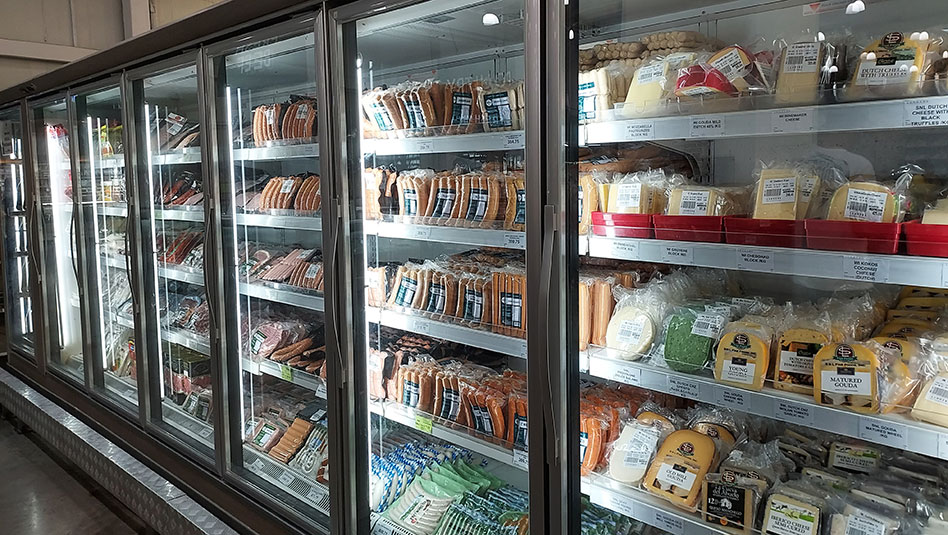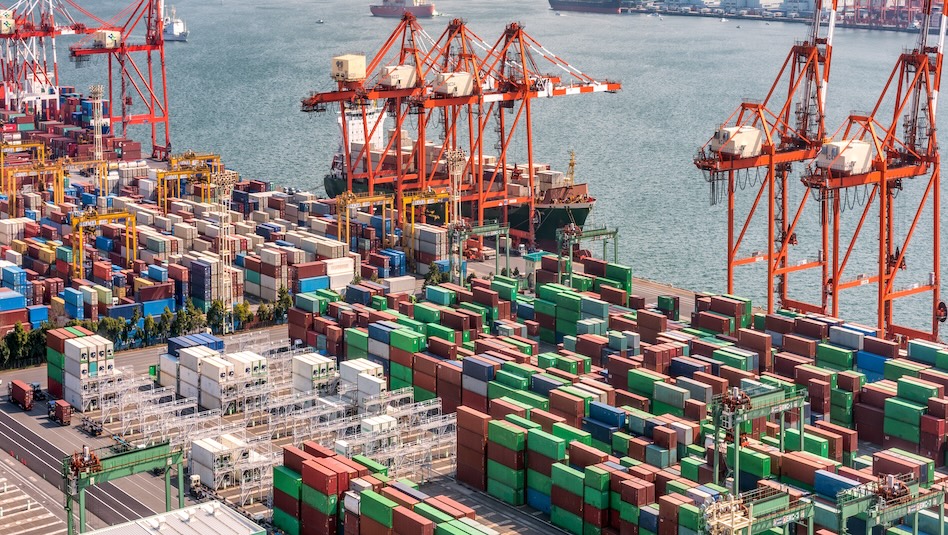Bond: KBANK 5.458 28
Access this content:
If you are an existing investor, log in first to your Metrobank Wealth Manager account.
If you wish to start your wealth journey with us, click the “How To Sign Up” button.

Fundamental View
AS OF 05 Dec 2025Kasikornbank (KBANK) is a historically sound and profitable bank.
Capitalisation is strong and the bank has among the highest CASA ratios in the banking sector. Asset quality took a surprise turn for the worse in 4Q22 due to its larger SME exposure and the bank has since focused on de-risking its portfolio. Credit costs are improving but remain elevated.
Margins are high compared to most other Thai banks we cover as a result of its strong SME franchise, but the shift in growth focus to the safer but lower yielding segments has diminished its margin lead.
Business Description
AS OF 05 Dec 2025- KBank is currently the second largest bank in Thailand. It briefly was the largest from 2018 until mid-2020, upon which Bangkok Bank completed its acquisition of Indonesia's Bank Permata and took its place.
- KBank's history can be traced back to 1945 when it was first established as Thai Farmers Bank. It was listed on the Stock Exchange of Thailand in 1976 and changed its name to Kasikornbank in 2003.
- As of September 2025, the bank's loan mix by segment consists of 41% corporate, 25% SME, 29% retail and 5% others.
- KBank is known for its strong SME franchise. It also partially owns a life insurance company, Muang Thai Life.
Risk & Catalysts
AS OF 05 Dec 2025We see a significant impact to the Thai economy from potential US tariffs, with ripple effects in the form of lower bank NIMs and higher credit costs than earlier guided for this year. Moody’s and Fitch have also downgraded their rating outlook on the Thailand sovereign (and consequently the Thai banks including BBL at Moody’s, which it currently rates in line with the sovereign) to negative in April and September 2025 respectively on increased risks to Thailand’s economic and fiscal strength.
KBANK has a higher retail/SME loan mix and sizable restructured loans portfolio (~8.8% of total loans), so credit costs remain elevated compared to peers with guidance now revised to 165-170 bp for 2025. We expect a similar range for 2026 given challenges to the Thai economy including US tariffs, but KBANK’s higher NIM and low-40%s cost-income ratio provide comfortable room for that to be absorbed. The focus on safer segments is helping to rein in credit costs.
KBANK’s switch to focus on safer segments however will weigh on the NIM, which is compounded by more rate cuts from the BOT to support growth. The NIM currently remains higher than most of its peers.
Key Metric
AS OF 05 Dec 2025| THB mn | FY21 | FY22 | FY23 | FY24 | 9M25 |
|---|---|---|---|---|---|
| PPP ROA | 2.38% | 2.36% | 2.52% | 2.64% | 2.59% |
| ROA | 0.98% | 0.86% | 0.99% | 1.15% | 1.19% |
| ROAE | 8.3% | 7.3% | 8.2% | 9.0% | 9.1% |
| Equity / Assets | 13.1% | 13.4% | 13.9% | 14.9% | 15.2% |
| CET1 Ratio | 15.5% | 15.9% | 16.5% | 17.4% | 18.7% |
| Gross NPL ratio | 3.76% | 3.19% | 3.19% | 3.20% | 3.19% |
| Provisions / Loans | 1.73% | 2.11% | 2.08% | 1.90% | 1.64% |
| Gross LDR | 93% | 91% | 92% | 91% | 88% |
| Liquidity Coverage Ratio | 174% | 164% | 195% | 184% | n/m |
CreditSight View Comment
AS OF 23 Oct 2025Kasikornbank is the 2nd largest bank in Thailand. We are cautious about its one third loan book exposure to SMEs given the macro backdrop; credit costs spiked in 4Q22 mainly from the SME book and high yield small ticket lending, and the restructured loan book remains sizable compared to peers. The bank however has switched to focus on safer segments, which is weighing on the historically high NIM but helped to stabilize credit costs. Credit costs remain fairly elevated but comfortably absorbed thus far. Capital is high with CET1 above 18%. The NIM though is on a decline from lower rates, safer new loans, higher parking of funds in liquidity. We see a meaningful US tariff impact, with ripple effects in the form of lower bank NIMs and continued high credit costs.
Recommendation Reviewed: October 23, 2025
Recommendation Changed: April 22, 2025
Featured Issuers
Bank of Philippine Islands

SK Hynix

Hyundai Motor










 DOWNLOAD
DOWNLOAD



